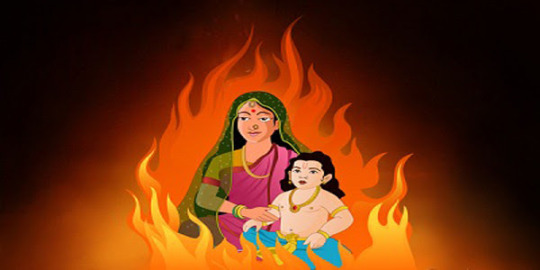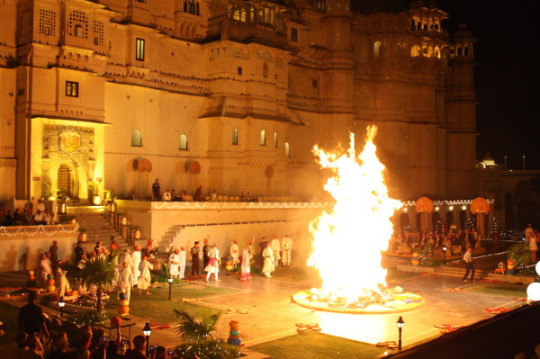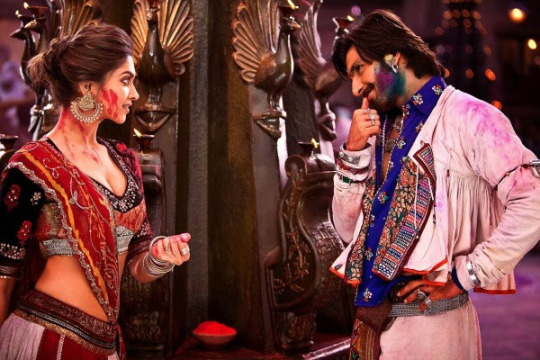
It’s a unique festival, the likes of which are probably not found anywhere else in the world. A boisterous yet colourful celebration of the many myths, legends and deities associated with it. Holi is marked as much by religious fever and devotion as it is by loud music, traditional dances and of course the forceful scrubbing of bright gulal and abeer on friends and relatives.
The colorful festival of Holi connects to the ancient deities and the rituals of spring. The legend conveys deep meanings and symbolic significance in celebrating the festival. According to the vaishnavas, the evil King Hiranyakashupu along with his sister Holika tried to kill his son, Prahlada who was devoted to Lord Vishnu. Holika was been given boon by Lord Shiva that she is immune to fire. Thus, she took Prahlada on her lap and sat on raging fire but the boon reflected on her and she was burned to death while Prahlada came out alive. Thus, the name Holi was derived from her name Holika, which means burning desires. Thus, a bonfire is lit on the previous day of Holi to ward off evil.

Another legend says that Lord Krishna, whose skin is blue, was jealous of Radha because of her fair skin. Thus, he coloured her face the same as his to be equal. Many paintings and sculptures have depicted this. Krishna throws colours and colorful water over Radha using pichkaris which thereby evolved into Holi festival. So, during Holi everyone is given equal importance and there is no bias between the rich and poor, fair or dusky, young or old.

Traditionally, Holi is celebrated for 2 days. The previous day bonfires are lit on the crossroads which is called as Holika Dahan. To render gratefulness to the goddess of fire, Agni, people offer gram, stalks, coconut, and popcorns from the harvest. The ashes of the fire are applied on forehead so as to protect themselves from evil forces.

On the final day, children and adult take it out on streets with complete madness and is stridently played by throwing around buckets of colorful water called rang and gulal or dry color is applied on each other’s face. Earlier, the colors were made using natural elements like flowers and vegetables but now there made using artificial elements and chemicals. Color dyed water is filled in syringes called pichkaris and water filled balloons are shot over people.

Generally white sarees, salwaar kameez or kurtis are worn for celebrating Holi. Most women are seen wearing plain white chiffon saree so the colour doesn’t stick or embroidered one. Few wear pure white salwaar kameez with multicolor dupatta or a simple white kurti. The jewelry should be kept minimum and light like just dangling earrings and vibrantly colored bangles. While men wears white shirt or plain white kurta pajama complemented with a multicolor dupatta.
Many bollywood films have represented Holi festival and there are so many songs based on the same. Not just in movies, in real life as well many bollywood celebrities celebrate Holi. In Baghban movie, Hema Malini, the dream girl is seen wearing beautiful white chudidhar. While in Ram Leela movie, actresses Deepika Padukone was seen sporting amazing white lehenga with black choli and red dupatta and completed the look with attractive big chandbalis. This is the new trend this Holi.

No comments:
Post a Comment